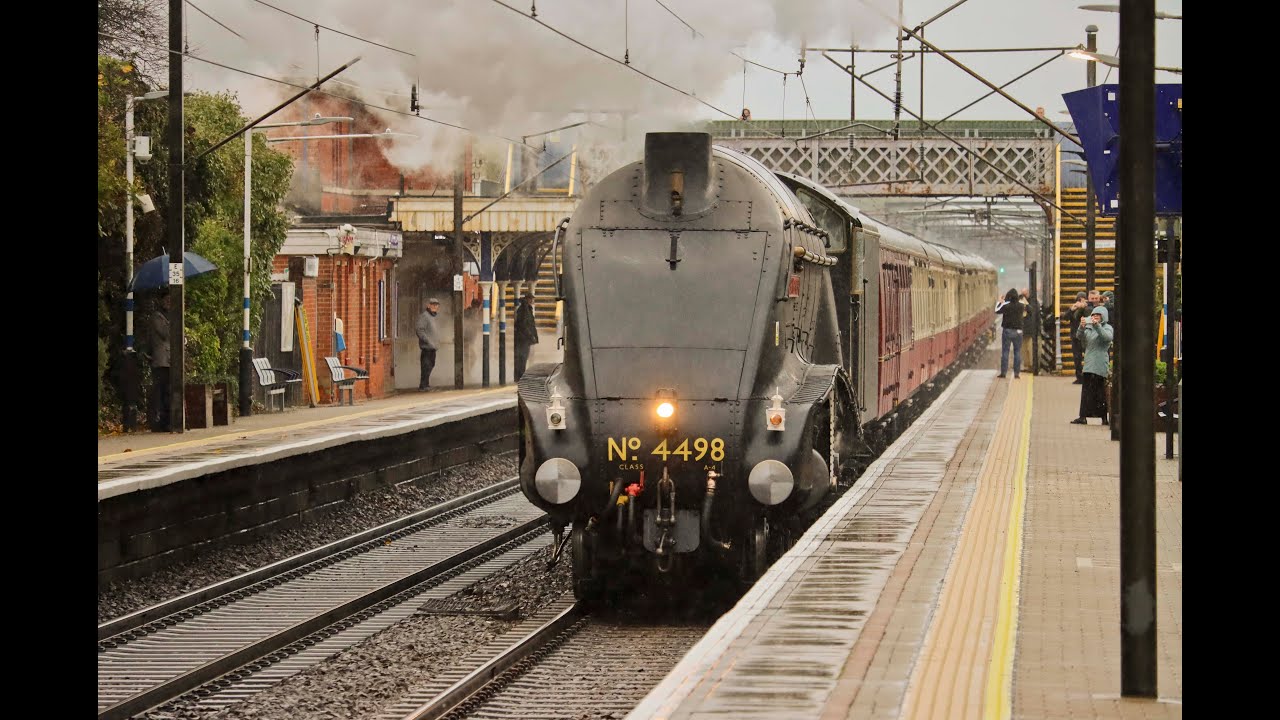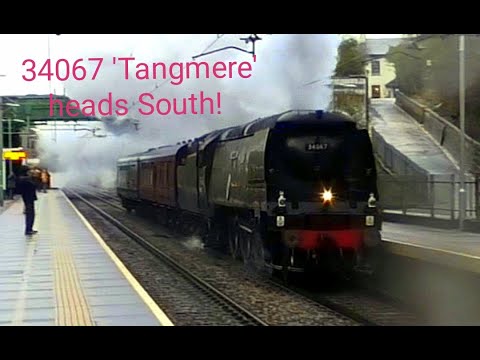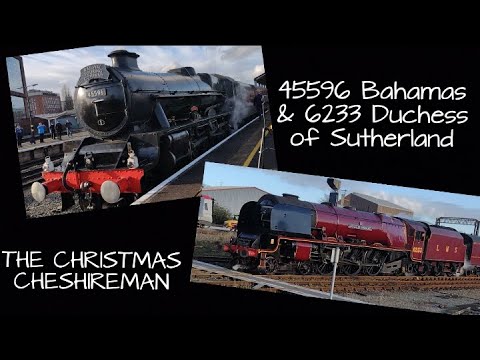November 18th, 2022
Report released regarding incident involving near-miss of track workers at London Paddington
Forward-facing CCTV showing the two track workers moving clear of the train
A report has been released by the Rail Accident Investigation Branch in regard to an incident which took place at London Paddington station and saw a near-miss involving track workers.
The incident took place at 01.17hrs on the 18th of July 2022 when a passenger train travelling at 24mph was making its way into London Paddington station, narrowly missing two track workers who were walking very close to the line with their backs facing the train as it approached.
The driver of the train sounded a second audible warning before the track workers acknowledged the train’s approach and moved out of its path just one and two seconds before reaching the worker’s location.
The Network Rail track workers involved in the incident were working in a team of four people and were carrying out maintenance for signalling and telecommunications equipment 0.8 miles to the west of Paddington station.
The group were led by a Person in Charge or PIC who are responsible for the supervision and overseeing of the safe implementation of work.
The Person in Charge was also carrying out the role of Controller of Site Safety or COSS, and is the person who is accountable for establishing and maintaining safe working systems in order to ensure that track workers are protected from train movements.
Three further members of the group were carrying out the work which included the two team members involved in the incident.
Of the two track workers involved in the near miss, one was inexperienced and was wearing a blue helmet whilst working close to the line.
Inexperienced track workers are supported and mentored until they are able to demonstrate the knowledge, skills and behaviour needed in order to work safely.
The incident took place as the two track workers had moved from lines which were blocked to rail traffic and ended up walking extremely close to an operational line.
The Person in Charge who was also the Controller of Site Safety had not planned the work or supervision of the group well enough while they were completing work on the track.
The team did not raise any issues as to the unsafe nature of their working system set up by the Person in Charge or in regards to the unsafe behaviour of group members.
Initially, two Signalling and Telecommunications teams were supposed to access the tracks close to Paddington station as part of a possession which is when the railway is blocked to service trains in order for engineering work to be carried out.
Despite this, when the two teams met at a depot close to Paddington station at 18.00 hours on the 17th of July they opted to work as single Signalling and Telecommunications team using just one of the two Persons in Charge that had been assigned to the teams due to staff shortages.
With more than six hours to prepare ahead of starting the work, the Signalling and Telecommunications team did not take into consideration whether the work previously given to the two teams could be carried out safely with the remaining staff available and in compliance with planned safe systems of work.
None of the Persons in Charge who were responsible for the two original teams told the manager who had previously approved their safe systems of work of their plans to change their activity.
The Person in Charge/Controller of Site Safety responded for the newly formed single team and also did not inform or pass on the information contained in the relevant safe work packs which are used to record the safe system of work.
This is a procedure required by Network Rail’s procedures and specifically relating to standards NR/L2/OHS/019 issue 10 dated 5 December 2020 ‘Safety of people at work on or near the line’.
The Signalling and Telecommunication team entered the track via platform 10 at Paddington station at approximately 00.35hrs on the 18th of July.
The team inspected the axle counters for lines 4, 5 and 6 for 0.2 miles west of the station.
This work was originally assigned to the first of the two Signalling and Telecommunications teams and was carried out using a separated safe system of work and was arranged for lines 4, 5 and 6 which the team were working on and were blocked under the possession, however, the adjacent lines, 1, 2 and 3 were still open to traffic.

















































